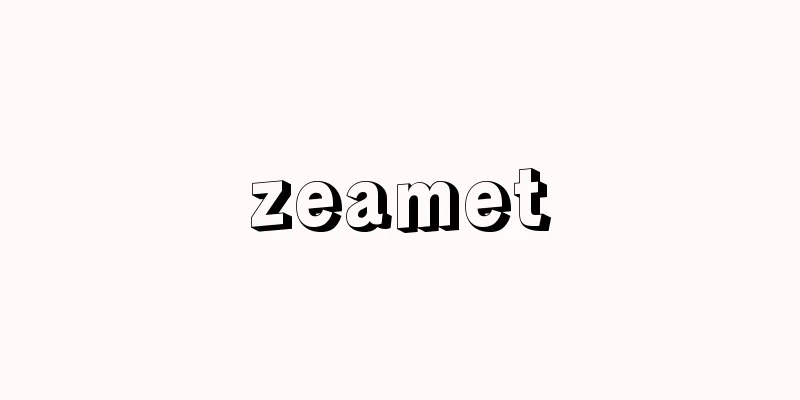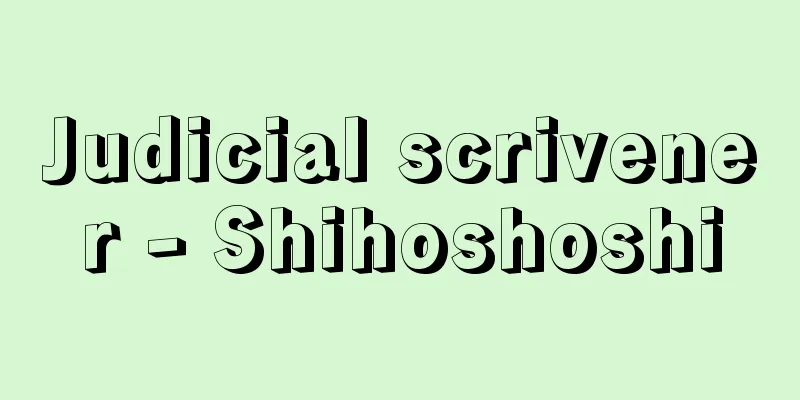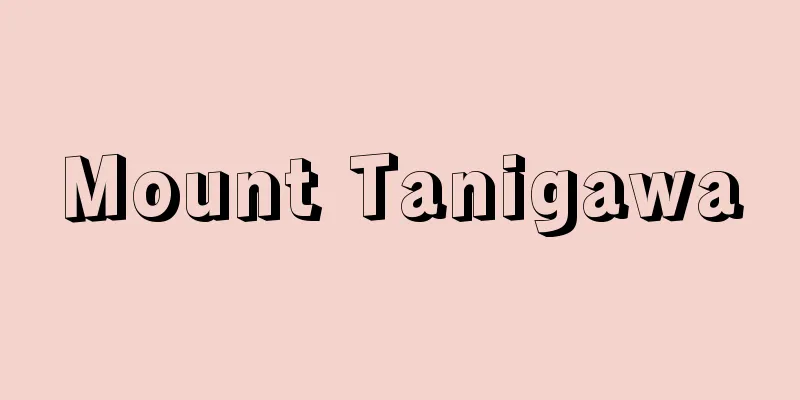zeamet

|
…the military fiefdom system that regulated the state and society of the Ottoman Empire from its founding until the end of the 16th century. Military fiefdoms were called timar, zeamet, or has depending on their size, but collectively they are called the timar system. It was descended from the iqta system of the Seljuk and Mamluk dynasties, and was influenced by the pronoia system of the Byzantine Empire. *Some of the terminology explanations that mention "zeamet" are listed below. Source | Heibonsha World Encyclopedia 2nd Edition | Information |
|
…建国から16世紀末にいたるオスマン帝国の国家と社会とを規定した軍事封土制。軍事封土は,その規模に応じて,ティマール,ゼアメトzeamet,ハスhasとよばれるが,これらを総称してティマール制とよぶ。セルジューク朝やマムルーク朝などのイクター制の系譜を引き,ビザンティン帝国のプロノイア制の影響を受けている。… ※「zeamet」について言及している用語解説の一部を掲載しています。 出典|株式会社平凡社世界大百科事典 第2版について | 情報 |
Recommend
Mozuku - Mozuku
A brown alga, a member of the Cladosiaceae family...
Bessho [Hot Spring] - Bessho
A hot spring located in the southwestern end of th...
Lysimachos
[Born] Around 355 B.C. [Died] c. 281 BC. Ancient M...
Full-time farmers and part-time farmers - Full-time farmers and part-time farmers
A farming household with no part-time workers amon...
Senosho - Senosho
This was a manor of the Daijokan Churya family in ...
Monica
…He is one of the most important Church Fathers i...
Serveto, M.
…Spanish physician and free thinker. His Spanish ...
Ahab; Achab
[Born] Around 874 B.C. [Died] circa 853 BC Accordi...
Local Theatre - Jisibai
It is also called Jikyogen, Kusa-shibai, or Inaka...
Image intensifier
A vacuum tube that accelerates and focuses photoel...
Apocrine secretion
…A type of gland that performs secretory function...
Picques, C.de (English spelling) PicquesCde
…Among those engaged in the production of books, ...
Ando-so
…The town was established in 1986. The town name ...
Precipitation - Rainfall
The amount of rain (rainfall) or snow that falls ...
Relief nurse - Kyugokangofu
...Nurses trained by the Japanese Red Cross were ...









